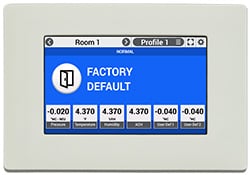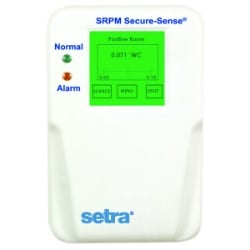

Since its inception, SWMM has been used in thousands of sewer and stormwater studies throughout the world.

Srct for lid calibration pcswmm update#
The latest update notes and new features can be found on the EPA website in the download section.

SWMM is one of the hydrology transport models which the EPA and other agencies have applied widely throughout North America and through consultants and universities throughout the world. The water quality constituents such as water quality constituents can be simulated from buildup on the subcatchments through washoff to a hydraulic network with optional first order decay and linked pollutant removal, best management practice and low-impact development (LID) removal and treatment can be simulated at selected storage nodes. SWMM tracks the quantity and quality of the flow generated within each subcatchment, and the flow rate, flow depth, and quality of water in each pipe and channel during a simulation period composed of multiple fixed or variable time steps. The routing or hydraulics section of SWMM transports this water and possible associated water quality constituents through a system of closed pipes, open channels, storage/treatment devices, ponds, storages, pumps, orifices, weirs, outlets, outfalls and other regulators. In addition low impact development (LID) and best management practice areas on the subcatchment can be modeled to reduce the impervious and pervious runoff. The hydrology component of SWMM operates on a collection of subcatchment areas divided into impervious and pervious areas with and without depression storage to predict runoff and pollutant loads from precipitation, evaporation and infiltrationlosses from each of the subcatchment. The United States Environmental Protection Agency (EPA) Storm Water Management Model (SWMM) is a dynamic rainfall– runoff– subsurface runoff simulation model used for single-event to long-term (continuous) simulationof the surface/subsurface hydrology quantity and quality from primarily urban/suburban areas. The command line used to build the engine included in the "makefile"įor the GNU C/C++ compiler was corrected to include the OpenMP libraries. Storage seepage and evaporation losses are now based on the storage volumeĪt the end, not the start, of the prior time step.ġ2. The qualrout.c module was refactored to make it more compact and easierġ1.

Daily potential evapotranspiration (PET) was added as a system outputġ0. The Hargreaves evaporation formula was modified to use a 7-day runningĪverage of daily temperatures, instead of just single day values, asĩ. Duplicate printing of the first line of an LID detailed report file wasĨ. More LID controls was initially wet was fixed.ħ. A bug that failed to properly initialize the flag indicating that one or Infiltration from LID units into the groundwater routine was fixed.Ħ. A bug introduced in update 2 of release 5.1.008 that failed to include Variables that can be used in a user-supplied groundwater flow equation.ĥ. Unsaturated hydraulic conductivity ("K") was added to the list of Rule premises can now test whether a link has been open (or closed) forĪ specific period of time. Overtopping using the FHWA HDS-5 method and would typically be used inģ. A new type of weir, a ROADWAY weir, has been added. It will produce more infiltrationįor storm events that begin with low rainfall intensities, such as theĢ. The original authors of SWMM's Green-Ampt model A modified version of Green-Ampt infiltration (MODIFIED GREEN AMPT) wasĪdded that no longer redistributes upper zone moisture deficit during


 0 kommentar(er)
0 kommentar(er)
